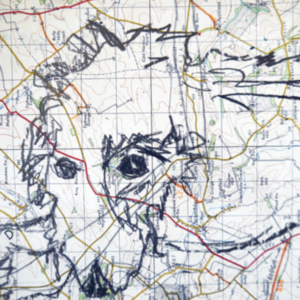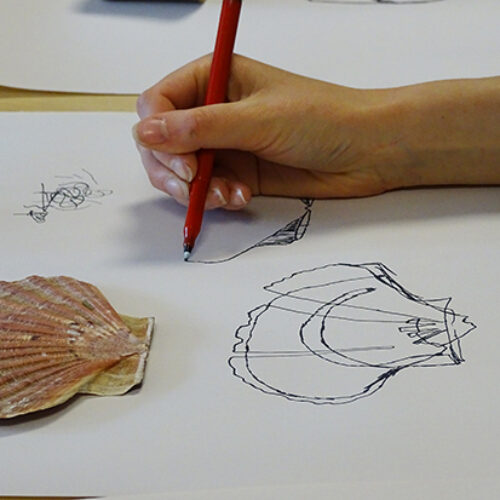
Ten Minutes, Five Times a Week is a simple set of drawing exercises designed to get people drawing. The resources are aimed at a broad audience, but designed particularly with educators in mind.
Each exercise is designed to give non-specialist educators the confidence to approach drawing, by committing to regular, brief drawing activities for just one week.
Find a 45-minute session recording demonstrating the exercises and approaches you’ll find on the page below.
WHAT ARE THE BENEFITS AND HOW DO WE FIT THE EXERCISES INTO THE DAY?
-
Who can I use the exercises with?
The exercises are adaptable and suitable to learners in all settings, including EYFS, Primary and Secondary Schools, Health & Community Care, Home Education, Lifelong Learning and Museum and Gallery Education.
-
What might the benefits be?
Our experience has shown the following benefits from similar projects:
-
Opening minds as to what a drawing activity can be as both an activity and an outcome
-
.
-
Improved dexterity (which also helps with handwriting).
-
Helps learners transition between parts of the day.
-
Improved concentration.
-
Improved sense of wellbeing through the mindful element to the exercises.
-
Improved drawing skills and improved creative confidence.
-
Improved confidence amongst non-specialist educators teaching art.
-
How might you fit the exercises into the day?
Ten Minutes, Five Times a Week would make a great activity to start any session in your educational setting. Try swapping your usual morning activity with this challenge, and see how it impacts the week. You could also use the exercises immediately before any other art session as a way of helping learners transition and tap into their creativity.
It’s worth noting that it doesn’t need to be a one-off venture: you can repeat the exercises as often as you want, as repetition provides an opportunity for learners to gain meaningful drawing skills over time.
The exercises are adaptable and suitable to learners in all settings, including EYFS, Primary and Secondary Schools, Health & Community Care, Home Education, Lifelong Learning and Museum and Gallery Education.
Our experience has shown the following benefits from similar projects:
-
Opening minds as to what a drawing activity can be as both an activity and an outcome
-
.
-
Improved dexterity (which also helps with handwriting).
-
Helps learners transition between parts of the day.
-
Improved concentration.
-
Improved sense of wellbeing through the mindful element to the exercises.
-
Improved drawing skills and improved creative confidence.
-
Improved confidence amongst non-specialist educators teaching art.
Ten Minutes, Five Times a Week would make a great activity to start any session in your educational setting. Try swapping your usual morning activity with this challenge, and see how it impacts the week. You could also use the exercises immediately before any other art session as a way of helping learners transition and tap into their creativity.
It’s worth noting that it doesn’t need to be a one-off venture: you can repeat the exercises as often as you want, as repetition provides an opportunity for learners to gain meaningful drawing skills over time.
Before you start…
Before Each Session: Set Expectations
The following exercises work best if the learners work quietly and with concentration. A quiet atmosphere will help learners tune into close seeing and set a calm and mindful intention for the session.
After Each Session: Reflect
At the end of each session, it’s worth investing two minutes in getting learners to walk around the room to look at each other’s work. This will help them focus and reflect on their experiences and the experiences of others. Reflection also gives learners space to recognise the value of the work that has been made. Learners might comment on what they like about their peer’s work.
At the End of the Week: Revisit
Please make time to revisit the exercises to allow learners to articulate and reflect upon their progress over the week. You may like to ask some questions…
-
What was their favourite exercise to do?
-
Which outcome do they feel was the most successful and why?
-
Is there something they would like to try next, for example, a new material?
You might like to give them a chance to repeat an exercise to allow them to consolidate their experiences and reflections.
The Five Drawing exercises…
Day 1. Continuous Line Drawing
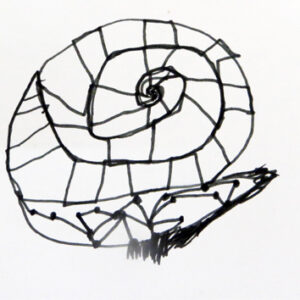
Day 2. Backwards Forwards Drawing
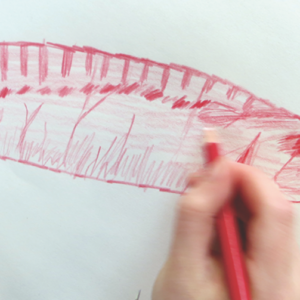
Day 3. See 3 Shapes
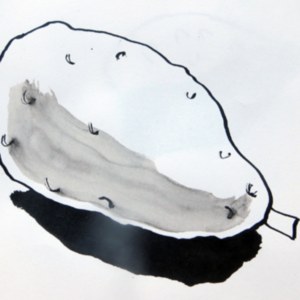
Day 4. Thoughtful Mark Making
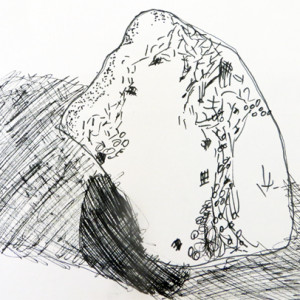
Day 5. Making Stronger Drawings
